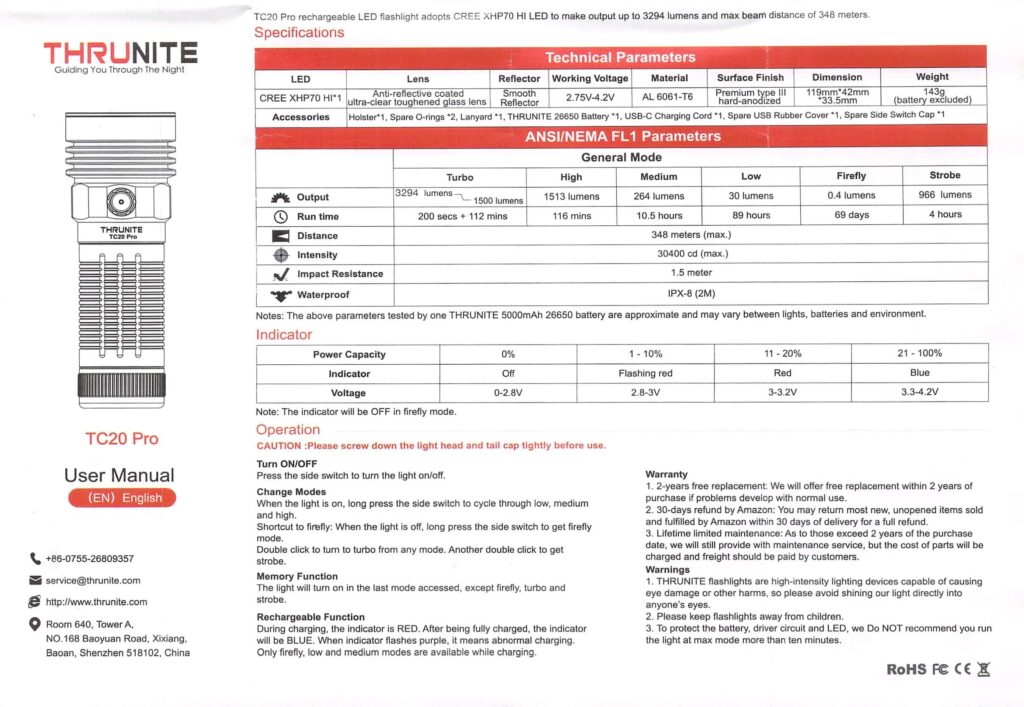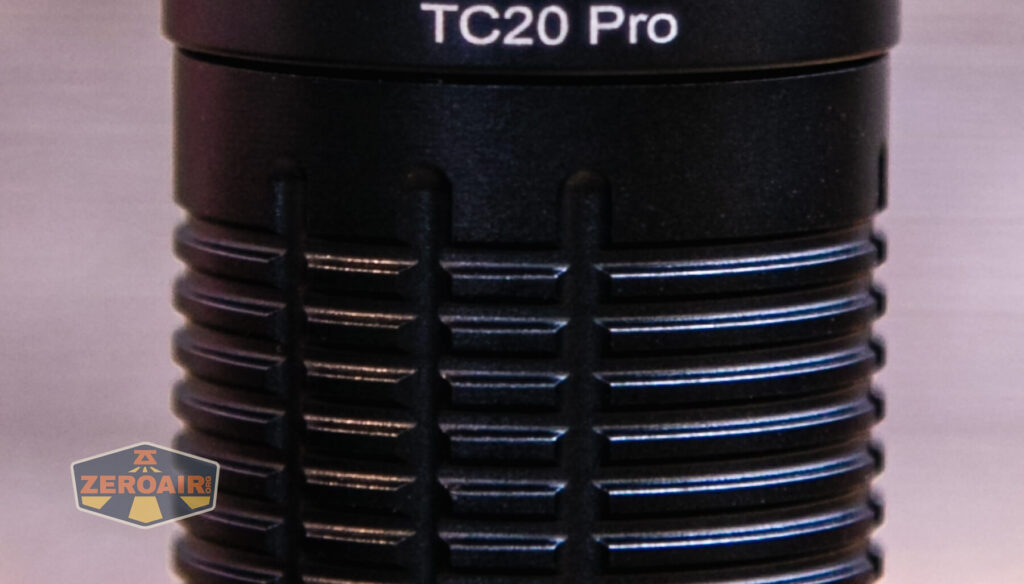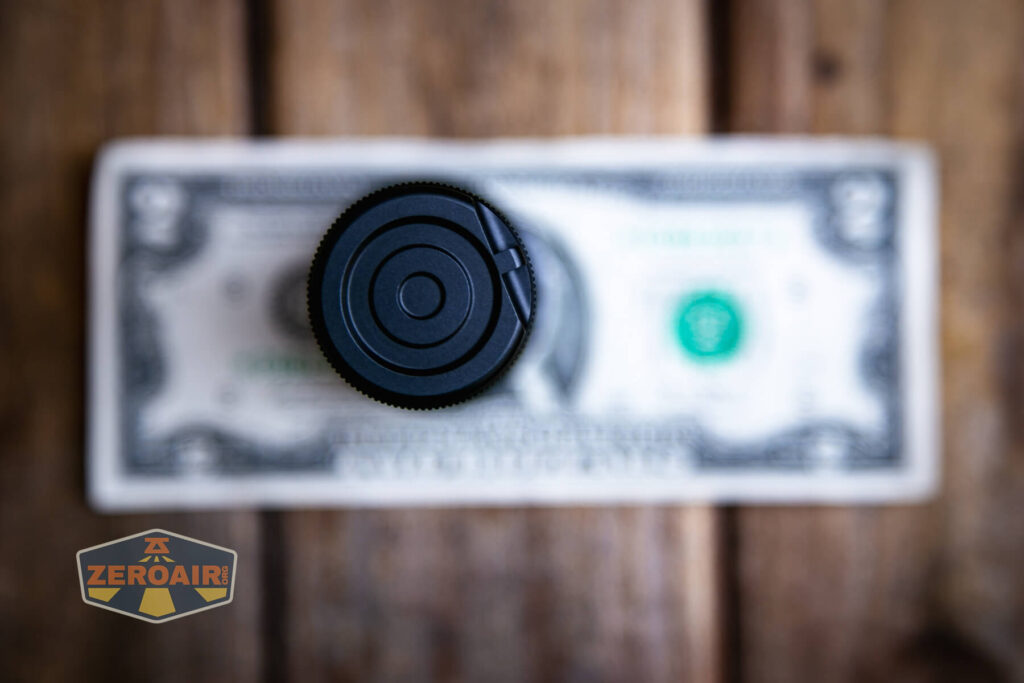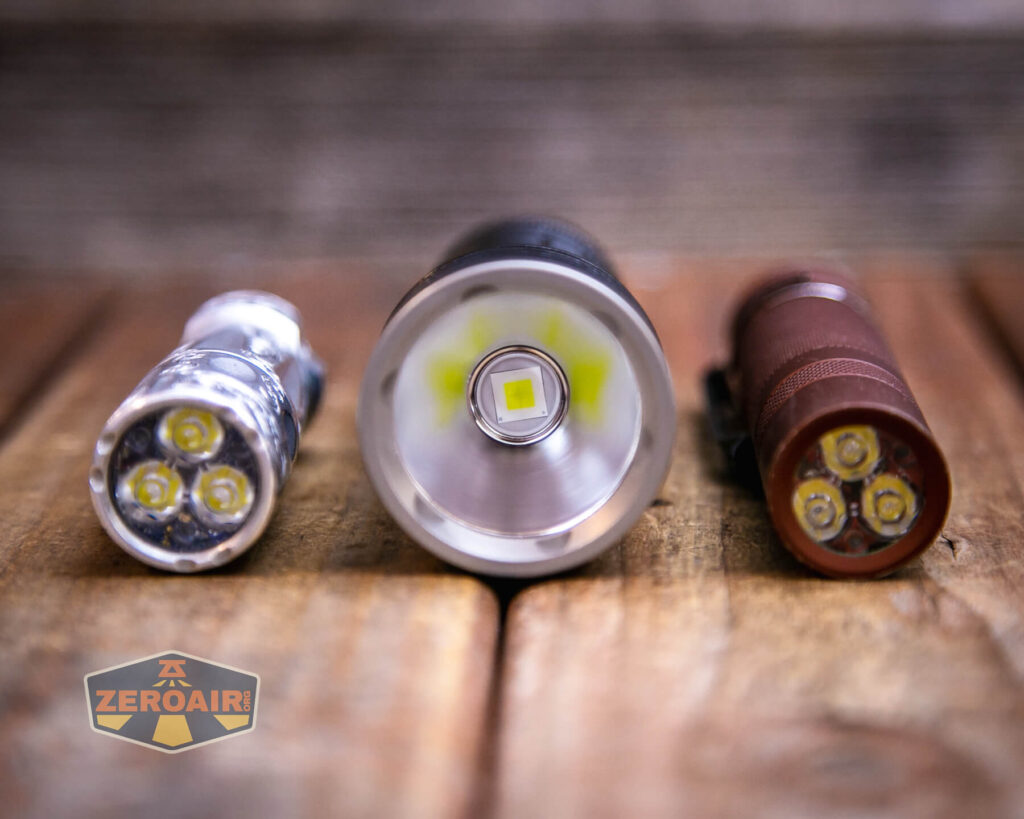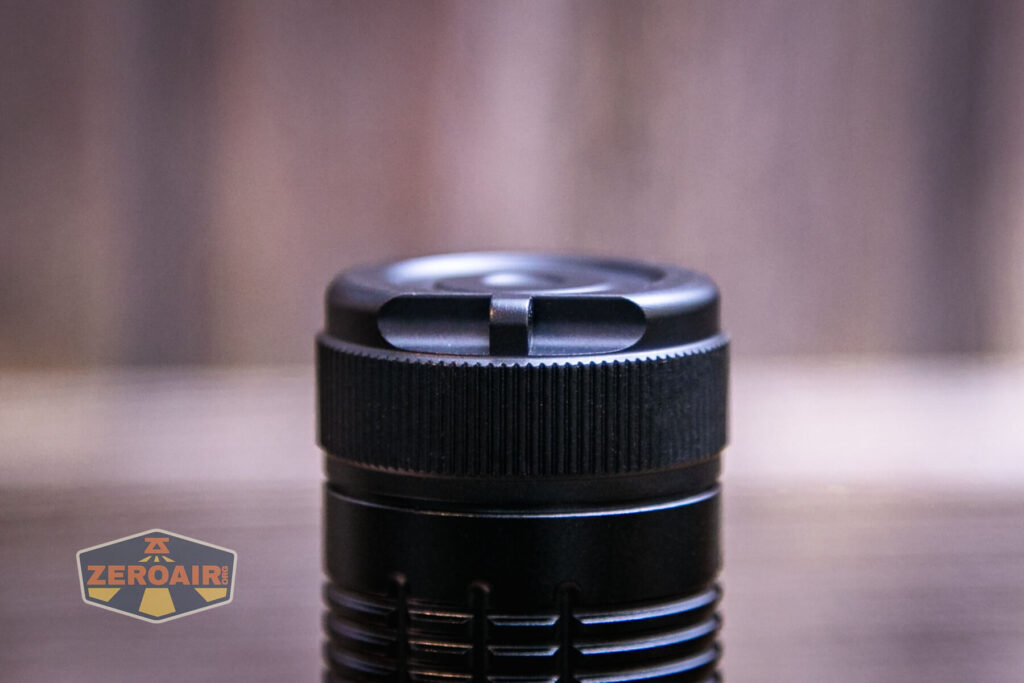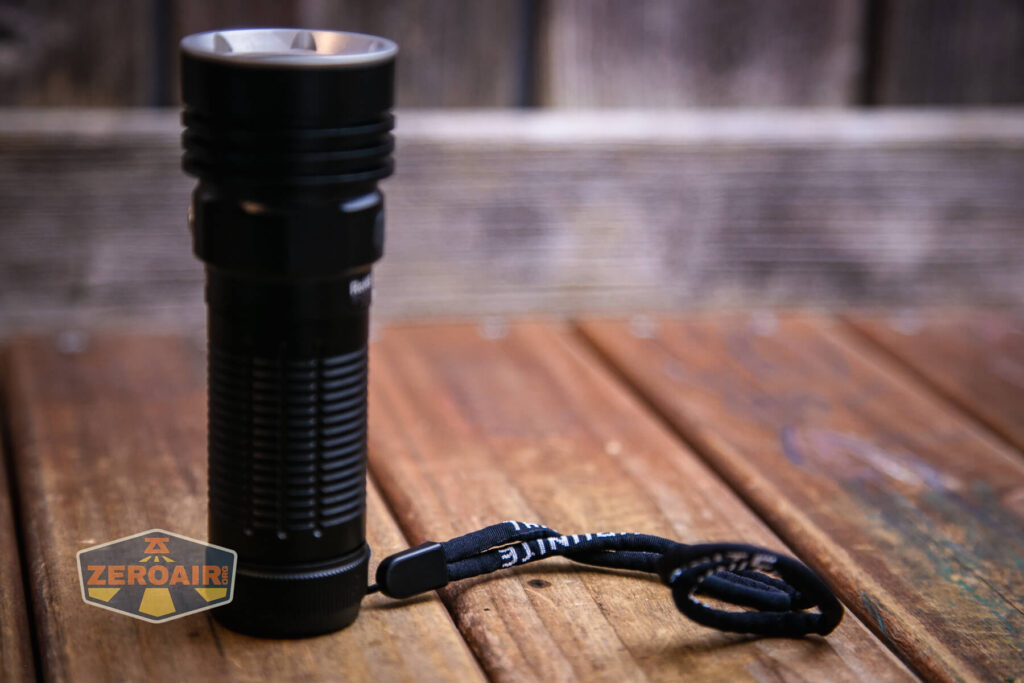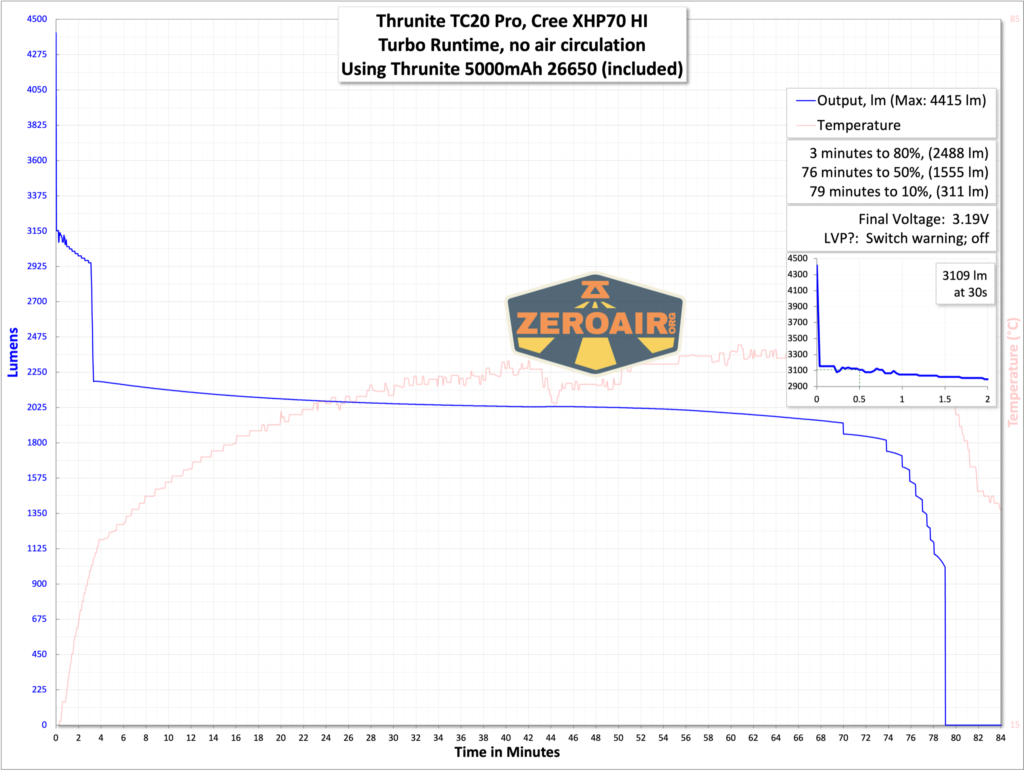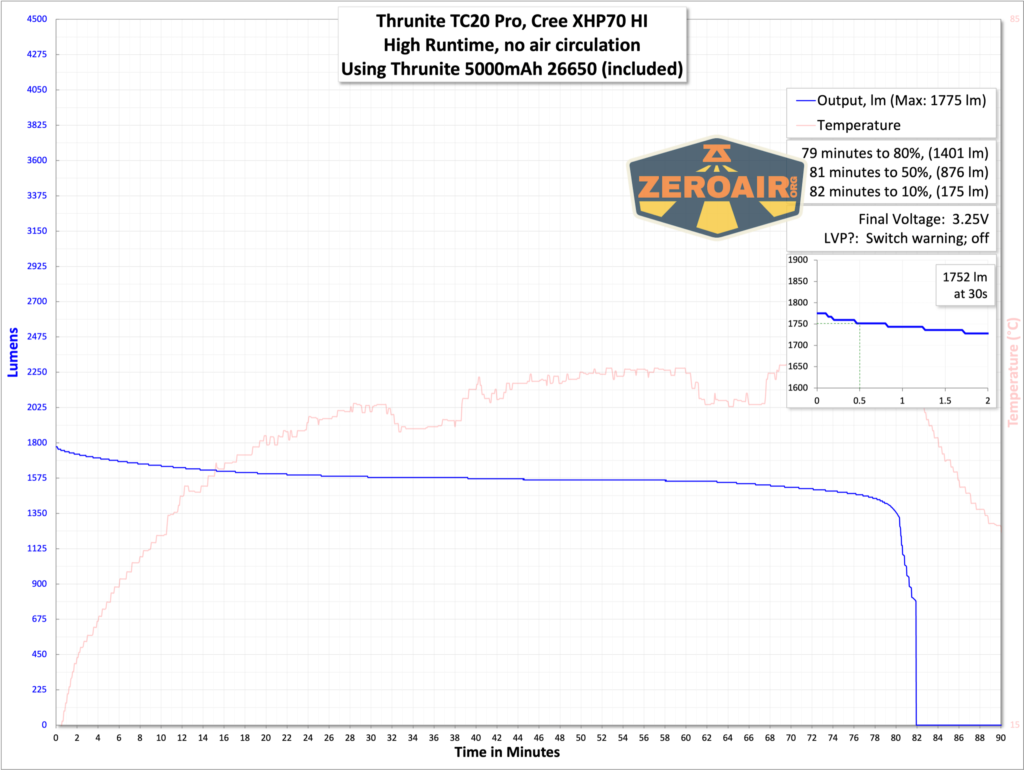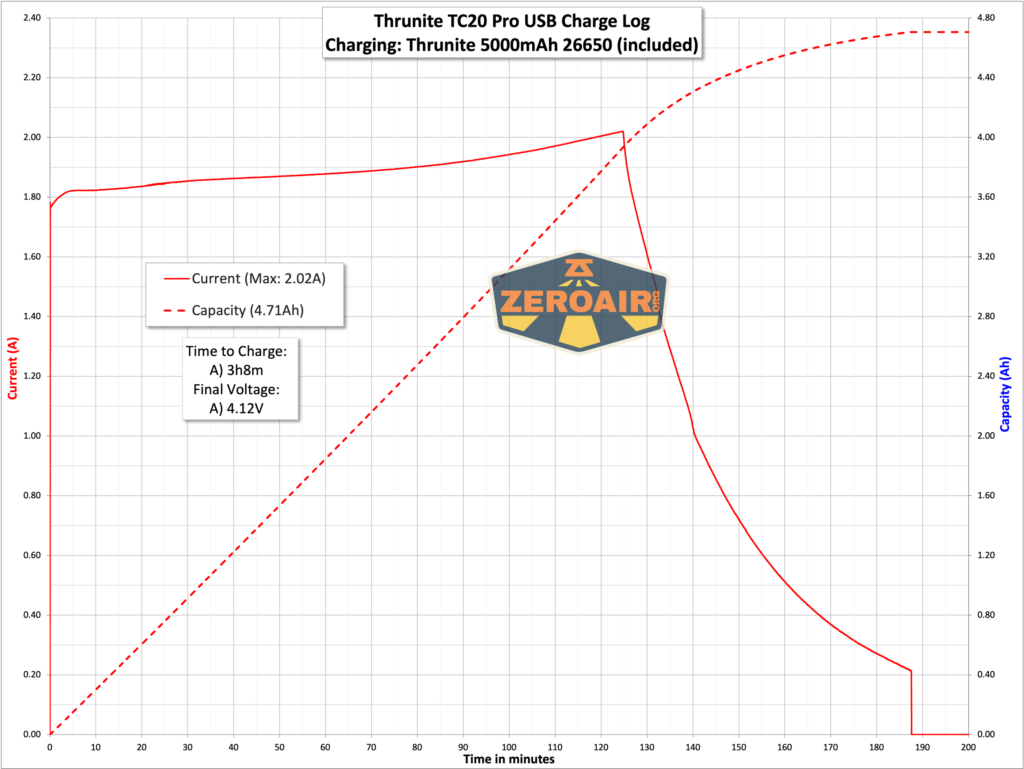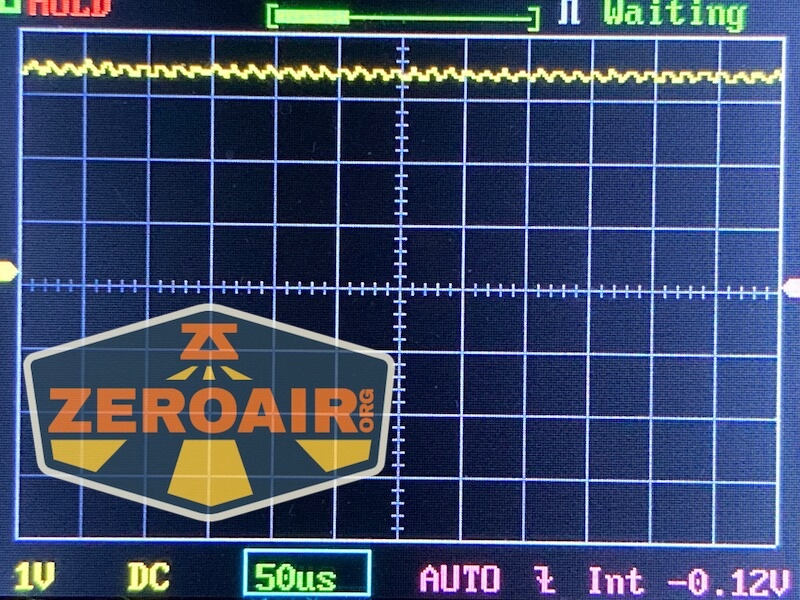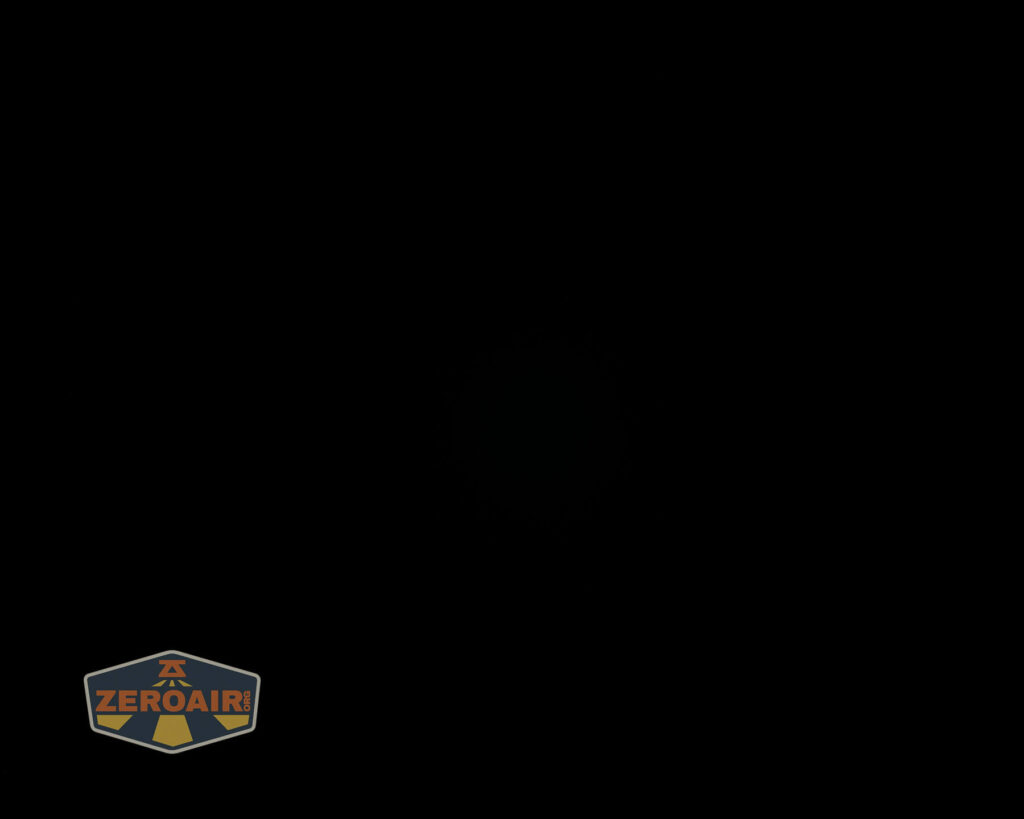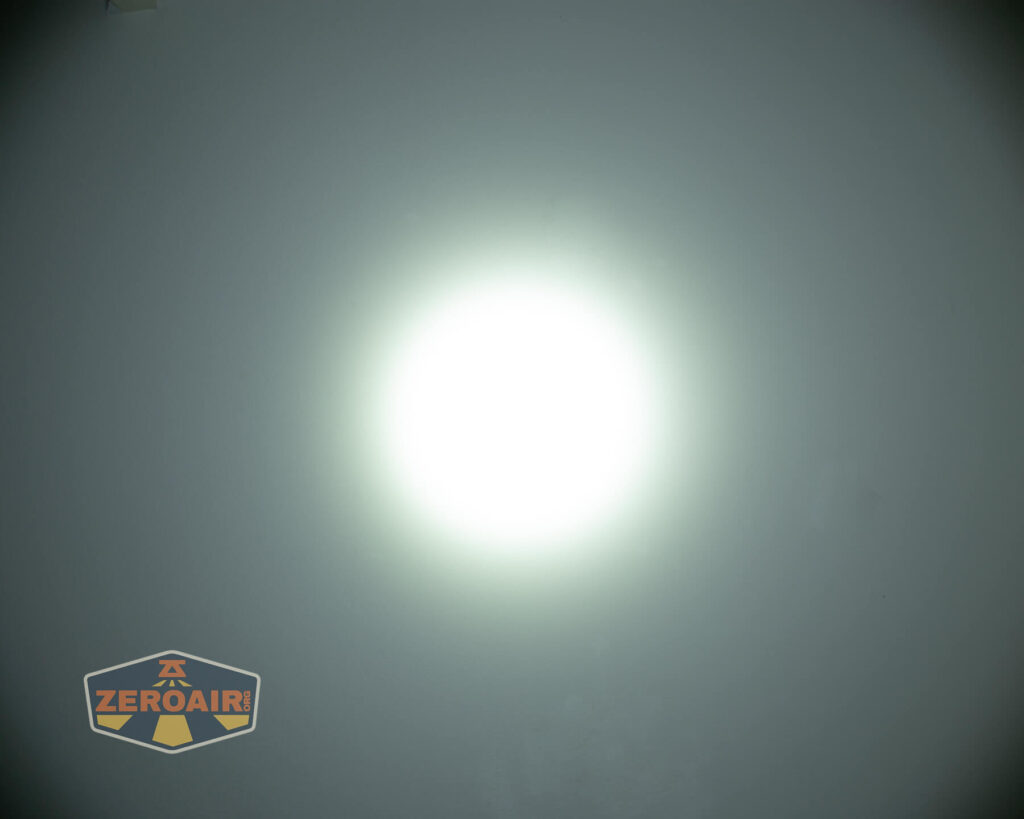Thrunite TC20 Pro Flashlight Review
Thrunite has introduced another TC20 flashlight – the Pro. It still offers a Cree XHP70 emitter, but it’s domeless and offers great throw!
Official Specs and Features
Versions
Looks like there’s just one version of the TC20 Pro. Of course, there are older versions of the TC20, such as the TC20 V2 and TC20.
Price
The Thrunite TC20 Pro Flashlight is available on amazon now (and seemingly only amazon) for $75.95 but there’s a clickable 20% off coupon there on amazon! Here’s a referral link for the Thrunite TC20 Pro Flashlight.
Short Review
The Thrunite TC20 Pro offers impressive output and has built-in USB-C charging. The domeless emitter really allows great throw, too. And all these features come in at a fairly reasonable price, too!
Long Review
The Big Table
| Thrunite TC20 Pro Flashlight | |
|---|---|
| Emitter: | Cree XHP70 HI (Cool White) |
| Price in USD at publication time: | $75.95, or $60.76 on amazon after the 20% off coupon! |
| Cell: | 1×26650 |
| Runtime Graphs | |
| LVP? | Yes |
| Switch Type: | E-Switch |
| Quiescent Current (mA): | ? |
| On-Board Charging? | Yes |
| Charge Port Type: | USB-C |
| Charge Graph | |
| Power off Charge Port | With cell: lowest 3 levels without cell or body: no modes |
| Claimed Lumens (lm) | 3294 |
| Measured Lumens (at 30s) | 3109 (94.4% of claim)^ |
| Candela per Lumen | 11.6 |
| Claimed Throw (m) | 348 |
| Candela (Calculated) in cd (at 30s) | 1208lux @ 5.812m = 40805cd |
| Throw (Calculated) (m) | 404.0 (116.1% of claim)^ |
| Claimed CCT | – |
| Measured CCT Range (K) | 6000-7000 Kelvin |
| Item provided for review by: | Thrunite |
| All my Thrunite reviews! | |
^ Measurement disclaimer: Testing flashlights is my hobby. I use hobbyist-level equipment for testing, including some I made myself. Try not to get buried in the details of manufacturer specifications versus measurements recorded here; A certain amount of difference (say, 10 or 15%) is perfectly reasonable.
What’s Included
- Thrunite TC20 Pro Flashlight
- Thrunite 5000mAh 26650
- Lanyard
- Nylon pouch
- Charge cable (USB to USB-C)
- Spare o-rings (2)
- Spare rubber button
- Spare rubber cover for the charge port (2)
- Split ring
- Manual and paperwork
Package and Manual
The light ships in a cardboard slip-fit box, which has cutout grip areas. It’s very easy to open. Inside, the light is protected in custom foam. Thrunite has a big bar code inventory sticker on the front of the package.
Build Quality and Disassembly
I am generally satisfied with the quality of Thrunite lights, and this one is no exception. This Pro version appears by all signs to be exactly like the V2 version of the TC20.
The anodizing is shiny and has a nice thick feel. The cooling fins on the head are robust. There’s no cell rattle with the provided cell.
Nothing to see on the tailcap.
Another update to this model – the previous generation had unanodized threads (which can always feel “bitey”) but the Thrunite TC20 Pro (just like the V2) flashlight has anodized threads with a bit of exposed “tip”. This makes the connection process very smooth.
There’s a beefy spring in the cell tube. The head has only a brass button for positive contact. This is normal for Thrunite.
Size and Comps
Officially 119mm in length x 42mm in head diameter x 33.5mm in tailcap diameter. I weight it at 241g with cell.
If the flashlight will headstand, I’ll show it here (usually the third photo). If the flashlight will tailstand, I’ll also show that (usually in the fourth photo).
Here’s the test light with the venerable Convoy S2+. Mine’s a custom “baked” edition Nichia 219b triple. A very nice 18650 light.
Also above is the light beside my custom engraved TorchLAB BOSS 35, an 18350 light. I reviewed the aluminum version of that light in both 35 and 70 formats.
Retention and Carry
Included is a lanyard, which attaches through a hole in the tailcap.
Also included is a nylon belt pouch with stretchy sides. The belt loop unfortunately doesn’t have a velcro option, so must be hard-connected to the belt. The pouch holds the light in either bezel-up or down orientation.
Power and Runtime
The Thrunite TC20 Pro flashlight is powered by a single 26650 cell, which Thrunite provides with the package purchase.
This is a Thrunite branded cell, but it’s not proprietary. The cell is installed with the positive terminal toward the head of the light. I do usually swap the cell through the head end, though, because those threads are anodized, which makes the experience smoother (but either is fine).
I performed a few runtime tests.
You can see that the light never gets TOO hot (you’ll notice the heat). Turbo has a couple of fairly large stepdowns, but even disregarding that, we’re seeing over 2000 lumens out of a small, single-26650 flashlight for around an hour. This is not shabby.
One thing to not here about that blip right at the start. You may notice that immediately when you turn the light on to turbo it steps down in a couple of seconds. You might be (reasonably?) inclined to say that the light “doesn’t hold turbo” because of that stepdown. I think that’d be a little unfair, since the light really is hitting the turbo numbers after that blip. And not just briefly – it’s a full 3 minutes before the real stepdown.
The indicating switch will give a warning about low voltage, and the Thrunite TC20 V2 flashlight will then shut off completely soon after. This shuts the light off at the (a bit low) ~2.6V (manual says 2.8V). The indicating side switch attempts to alert you that the cell voltage is getting low as follows:
At 3.3-4.2V, the switch is blue.
2-3.2V, the switch is red.
2.8-3V, flashing red.
And below that, the light shuts off.
Charging
The TC20 Pro also has built-in charging, which is done by USB-C. Thrunite includes a nice cable, which I’d recommend using (over any old random cable you might have lying around).
USB-C to USB-C works fine, and charges at 5V.
Here’s a charge graph with USB to USB-C. This is the same setup as the cable included, so I’ll guess this is the intended means of charge. Charging looks great, at around 2A for the duration of the CC phase. This is still under 0.5C for the 5000mAh cell, so this is very acceptable.
Charging is also fairly quick for a 5000mAh cell – under 3 hours.
Modes and Currents
| Mode | Mode Claimed Output (lm) | Claimed Runtime | Measured Lumens | Tailcap Amps |
|---|---|---|---|---|
| Turbo | 3294/1500 | 200s/112m | 3109 | 10.27 |
| High | 1513 | 116m | 1752 | 3.36 |
| Medium | 264 | 10.5h | 300 | 0.47 |
| Low | 30 | 89h | 33 | 0.05 |
| Firefly | 0.4 | 69d | 0.6 | ~ |
On the original version, I was surprised the light was pulling almost 8A on Turbo. This one briefly pulls a full 10A, then settles at around 9.5A. It’s pretty impressive.
Pulse Width Modulation
There’s no PWM, but one of the modes has a sawtooth.
Here you can see a “baseline” – a chart with almost no light hitting the sensor.
Then there’s the Ultrafire WF-602C flashlight, which has some of the worst PWM I’ve seen. It’s so bad that I used a post about it to explain PWM! Here are multiple timescales (10ms, 5ms, 2ms, 1ms, 0.5ms, 0.2ms) to make comparing this “worst” PWM light to the test light easier. That post also explains why I didn’t test the WF-602C at the usual 50us scale.
User Interface and Operation
This Thrunite TC20 Pro flashlight has a single side switch, which is an indicating e-switch. As you can see, right in the center is a dot, which can display red and blue. The switch is a standard Thrunite switch. Low action, very positive click, and no squeak. It’s also metal (or it could be coated plastic, but it feels like real metal). I do find it to be loud on the click, but it’s a nice switch!
Here’s a user interface table!
| State | Action | Result |
|---|---|---|
| Off | Click | On (memory, LMH only) |
| Off | Hold | Firefly |
| Any | Double Click | Turbo |
| Turbo | Double Click | Strobe |
| On | Click | Off |
| On | Hold | Mode cycle (LMH only) |
If you’re like me, you’ll take that as a very simple UI. Note how hard it is to get to strobe…. just as things should be.
LED and Beam
The emitter is a Cree XHP70 HI. This emitter is domeless. Usually that means it has better throw, and that’s true of the TC20 Pro.
Along with that domeless emitter is a smooth reflector – another choice that adds to throw.
LED Color Report (CRI and CCT)
This emitter is cool white, and the CCT reading demonstrates that. The readings are from 6000K to around 7000K. CRI is also
Beamshots
These beamshots always have the following settings: f8, ISO100, 0.3s shutter, and manual 5000K exposure. These photos are taken at floor level, and the beam hits the ceiling around 9 feet away.
Tint vs BLF-348 (KillzoneFlashlights.com 219b version) (affiliate link)
I keep the test flashlight on the left and the BLF-348 reference flashlight on the right.
I compare everything to the KillzoneFlashlights.com 219b BLF-348 because it’s inexpensive and has the best tint!
Conclusion
What I like
- Turbo is really turbo (10A!!!)
- Onboard charging at 2A is quite good
- The included cell seems like a high-quality cell
- The package is the whole package, with everything needed
- C to C charging works
What I don’t like
- user interface is quite simple; I might love to see some fleshing out with the indicating switch, and added features there.
- Seems only available in cool white.
Notes
- This content originally appeared at zeroair.org. Please visit there for the best experience!
- For flashlight-related patches, stickers, and gear, head over to PhotonPhreaks.com!
- Please use my amazon.com referral link to help support zeroair.org!
- Please support me on Patreon! I deeply appreciate your support!







